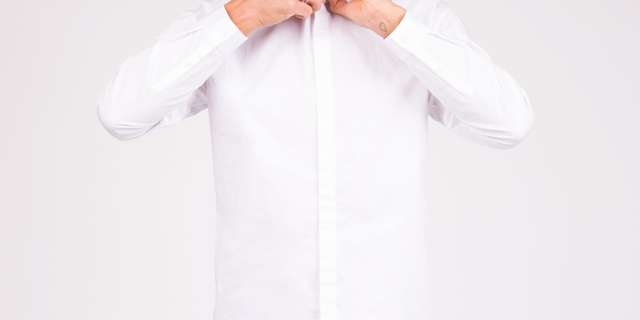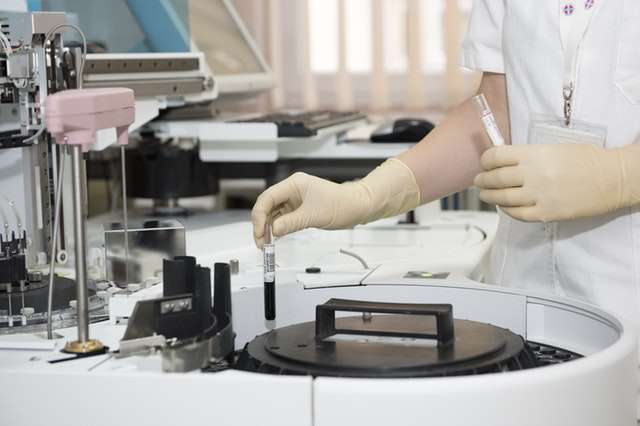
Antimicrobial textile treatments can prevent unsightly discoloration caused by interactions between bacteria and perspiration. Image Source: Unsplash user Michael
Two years ago, the MIT Media Lab’s Tangible Media Group, New Balance, and The Royal College of Art teamed up to do something remarkable; make bacteria attractive. The cohort designed a line of clothing – called Second Skin – infused with the bacillus subtilis natto bacterium. Wired Magazine explains that the natto bacterium “expand and contract depending on the amount of humidity in the air – the more humidity present, the bigger the bacteria get.”1 This expansion opens up air vents within the clothing, allowing for increased breathability as the wearer becomes active and perspires. “By printing natto cells onto a biofilm, then printing that biofilm onto spandex fabric, scientists can control exactly how the fabric will behave,” says Anna Green of Mental Floss.2 The result is a lineup of garments as innovative as they are beautiful.
But as forward-thinking as Second Skin is, most microbes found on clothing aren’t quite as useful. In fact, they can be dangerous, as fabrics act as a convenient transportation service for dangerous microbes like Staphylococcus, which can lead to a number of serious illnesses in both humans and animals. But even benign living organisms found on textiles can have undesirable effects like unsightly discoloration, including underarm yellowing and the infamous ring-around-the-collar. As such, a growing number of clothing manufacturers are now introducing antimicrobial treatments to their textiles, minimizing or eliminating bacterial proliferation. Spectrophotometers are playing a vital role in the development of these new antimicrobial technologies, helping to protect health and safety while minimizing unwanted color shifts.

Antimicrobial textile treatments are particularly valuable for the healthcare environments to protect health and safety. Image Source: Pexels user Pixabay



